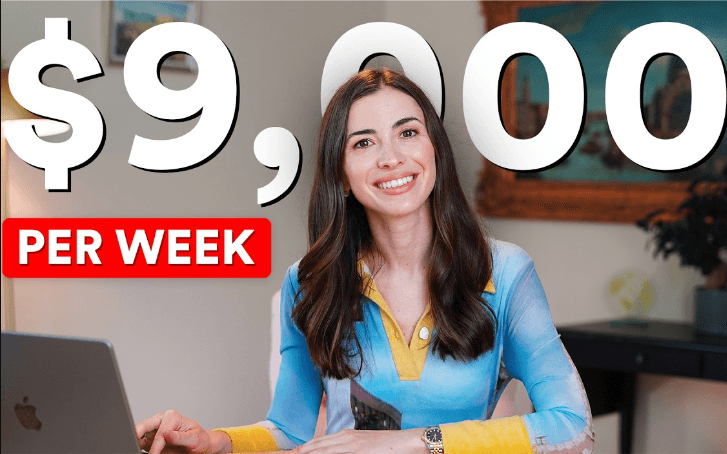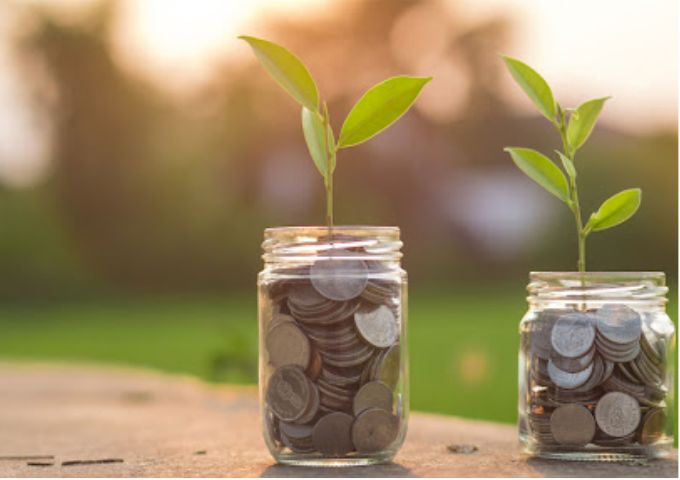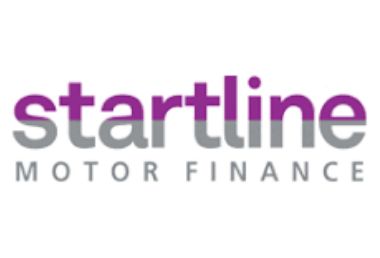9 Passive Income Ideas That Can Make You $37,000/Month in 2024/2025
Today we’re going to talk about passive income streams that generate around $99,000 every week. If you’re interested in learning how you can do the same and how hard it is, please continue reading this article until the very end. I will be ranking these income streams from the ones that make me the least right now to the ones that make me the most. I will also rate them according to how much capital they require, how much actual work they demand from you, and how risky they are.
Vacation and the Impact on Passive Income
By the way, I considered a lot of my passive income streams truly passive until I went on a six-week vacation last year. As a mom of two, you know I love to completely switch off from social media and work to travel the world with my kids. During this time, I wanted them to meet our family, as we are international. When I stopped working for six weeks, I noticed that some of my passive income just decreased completely. This realization led me to start reworking my passive income strategy, and I’m happy to share my first results in this article.
Starting with a Negative Income Stream
Funny enough, I’m going to start with a passive income stream that is currently negative. This is because we started it just a month and a half ago. We listed our Hawaii condo on Airbnb, and due to significant upfront costs—like buying new mattresses and new furniture—we are negative in cash flow right now. However, it’s fully booked for the next month, and we’re hoping that by June, it will actually turn profitable. My aim is to surprise Americans with our Slavic hospitality by providing extra nice teas, a fancy coffee machine, high-quality mattresses, and everything needed for the beach, including snorkeling equipment and chairs. We are trying to think of everything, and I’m happy to share that so far, we have received five reviews, all five stars. Airbnb even awarded us the “Guest Favorite” badge and a badge indicating that our place is almost always fully booked. This hard work is paying off, but I’m also looking forward to seeing the financial results.
Projected Earnings from the Condo
In three years, our condo is set to generate $3,700 in profit per month, totaling $47,000 in profit over five years, excluding equity appreciation. Our model assumes that the value of this condo will grow by 4% a year. Hopefully, that projection will hold. By year five, we anticipate an annual equity appreciation of $58,000, which, divided by 12, translates to around $4,000 a month. Of course, we won’t receive this in cash that year; we will only realize it when we sell the condo. I intend to hold it for the next ten years, or possibly longer. If we see that this is working well for us in year two, we may consider buying another property. Of course, I will keep you posted. I’m also looking forward to reading your thoughts in the comment section below. Have you tried anything similar? I think having this collective knowledge in the comments would be super helpful.
I Bonds: A Low-Maintenance Option
The next income stream doesn’t generate a lot; it’s about $135 a month, but I think it’s worth knowing about. It’s called I Bonds, which are treasuries issued by the U.S. government that currently pay 5.27%. This rate is higher than any savings account. While there are limitations—like a maximum purchase limit of $10,000 a year per person and no immediate selling option—I purchased them for myself and my two daughters. In terms of capital dependence, I would rate it a five because you do need capital, but there’s no work involved; you just buy them. Regarding risk, as long as you believe in the U.S. government, it’s not really risky, so I’d rate it a one out of five.
Affiliate Income: Exploring New Avenues
Next is affiliate income, which brings me around $400 a month. I’m not the best at affiliate income generation, and I know many people who excel in this area. So far, I’ve tried several affiliate programs, especially in the categories of makeup and clothing, but those haven’t yielded much. Recently, I’ve started transitioning to categories like personal finance and credit cards, which have generated more income, although it’s still just $400 a month. I’m actively looking to increase this income, as I know there’s a lot of potential. While I haven’t paid too much attention to it yet, in terms of capital dependence, it’s a one because you don’t really need capital, but you do need to work on promoting those affiliate programs, so I’d rate it a three out of five for work.
High-Yield Savings Accounts: A Smart Choice
Now let’s get into something that is super passive and that I like a lot: high-yield savings accounts. I learned about these several years after moving to the U.S. My first savings account was with a major bank, and in 2019, I approached my bank manager to start a savings account. He told me my rate would be 0.01%. I was shocked and still opened that savings account because he claimed it would instill some financial discipline. However, upon researching personal finance in the U.S., I discovered high-yield savings accounts offered by other banks, which are FDIC insured and super easy to operate. For example, Sofi currently offers a rate of 4.6%. Even if you have a checking account with them, you still earn 0.5%, which is significantly better than major banks. If you use my link below, you can get $25 after opening an account, plus a bonus depending on your deposit—ranging from $50 to $300.
Using a high-yield savings account has been a game-changer for my personal finances. I know I have cash available without needing to sell stocks, while this money also works for me, earning 4.6% this year. On average, my high-yield savings account generates $2,000 for me monthly. In terms of capital dependence, it’s five out of five because you need to deposit capital into the account. For work, it’s one out of five because no work is required, and in terms of risk, I’d give it a one out of five since the bank is FDIC insured, covering everything up to $250,000.
The Resurgence of Crypto
Now, things become more interesting as we start approaching my other passive income streams. We need to talk about crypto. If I had made this article last year, I would have been complaining about crypto and showing negative results. However, as you may know, crypto has significantly increased in value this past year. I’ve had around $30,000 in crypto for several years, and without investing anything more, it has now grown to $70,000. This means that in the past twelve months, I made $40,000 in crypto. To clarify, I haven’t sold any; I plan to keep it because it alleviates my FOMO when I hear people saying things like, “Oh, Bitcoin is going to be worth $100,000!” Yes, I feel a bit of FOMO when I hear those phrases, so I decided to invest in crypto something that I’m okay with risking.
Strategies for Investing in Crypto
There are several approaches to buying crypto; I prefer only Bitcoin and Ethereum. After experimenting with different coins, I realized you really need to be an active crypto investor to keep track of the latest news, and I tend to miss all that because I’m a busy mom and have multiple businesses. I buy Bitcoin and Ethereum and prefer using hard wallets for storage. Recently, Bitcoin ETFs have been approved, allowing for easier investment through apps like Webull or Robinhood. I really like Webull for my investments, and I also use Robinhood. You can look for several ETFs like IBIT or BITB in your apps, which track Bitcoin.
What this means is you don’t have to worry that a startup platform you used for buying crypto might go bankrupt, like FTX or BlockFi, which unfortunately happened to many. Many people lost trust in crypto platforms, but those ETFs were created by huge companies like BlackRock, Fidelity, and ARK. By investing in these ETFs, you still benefit from the crypto market’s upside without the risk of a new startup failing. Will I buy more crypto this year? I don’t think so, as we allocated a significant amount into the down payment for our Hawaii condo. If I had extra cash, I would continue my strategy of buying every month, perhaps spending about 1% of my profits to invest in crypto.
Evaluating the Risks of Crypto
Regarding capital dependence, I give crypto five out of five. Is it risky? Yes, I’d rate it five out of five. Does it require a lot of work? No, so I give it one out of five—you can use whatever investment app you trust.
Maximizing Credit Card Bonuses
Next is a category that I particularly enjoy, which involves earning bonuses on my credit card spending. To give you some background, I researched all the credit cards available in the market. If you’d like to see my favorite cards, I’ll leave a link below. My go-to is the AMEX Gold card for miles, along with another major card from a bank I use for my business. These are my two best-performing credit cards, though the annual fees are relatively high. Still, the bonuses I earn amount to approximately $330,000 a year.
Traveling Smartly
My family travels a lot; thus, we maximize the number of miles and bonuses from our spending, which benefits us tremendously. The idea is to ensure that our expenses, especially through credit cards, get us free flights or accommodation at hotels when we travel, and we do this all the time. On average, I’d say we save about $3,500 on flights, accommodation, and transportation a year just by being smart with our credit cards. I believe this is truly passive because it takes some time to research and pick the right cards, but afterward, it doesn’t require any effort at all. If I had to rate it in terms of capital dependence, I’d say three out of five because you have to spend money to earn those miles. For work, I’d rate it a two out of five, as it requires some initial research and knowledge, but afterward, it’s incredibly passive. The risk is low; I’d give it a two out of five.
The Power of Stock Market Investing
Now let’s talk about my biggest passive income stream: stock market investing, which generates about $10,000 a month for me. This has been a transformative experience, as I used to work for a hedge fund. I now take a long-term investment approach and invest in ETFs. Currently, my portfolio is valued at $1.5 million, and I actively invest about $2,000 a month into ETFs. I’ve seen significant growth in my investments, and it makes me feel incredibly secure.
To break it down, I would rate capital dependence a five because you need capital to invest. For work, I’d rate it a two; while it doesn’t require a lot of work after establishing a strategy, you still need to monitor your investments. In terms of risk, it depends on how you choose to invest. For ETFs, I’d rate it a one, but if you were to pick individual stocks, I would give it a five due to the associated risks.
Conclusion
In conclusion, my passive income streams generate a total of $99,000 a month. Although I did not share specific numbers, I hope you found this article valuable. I believe the key to wealth is creating passive income streams that work for you. If you’re interested in learning more about any of the strategies I shared today, please let me know, and I’ll create more content around that.
FAQs: Passive Income Ideas
1. How to make passive income in 2024?
- Rental properties: Purchase real estate to rent out for monthly income.
- Stock market investments: Invest in stocks, bonds, or mutual funds for potential dividends and capital gains.
- Spare room rentals: Rent out extra space in your home.
- Car rentals: Offer your vehicle for rent.
2. What is the best source of passive income?
- Create a course.
- Write an e-book.
- Rental income.
- Affiliate marketing.
- Flip retail products.
- Sell photography online.
- Buy crowdfunded real estate.
- Peer-to-peer lending.









